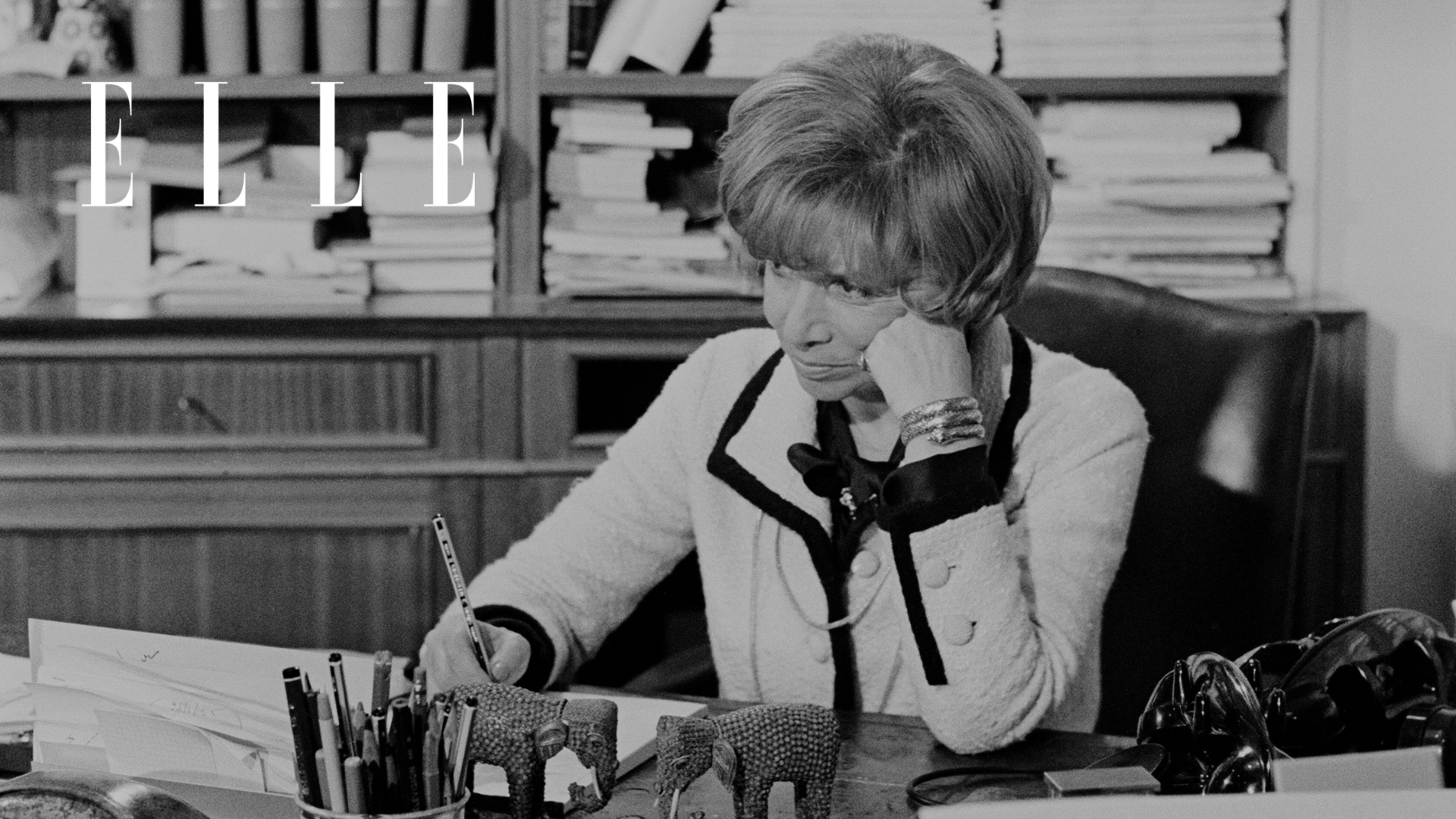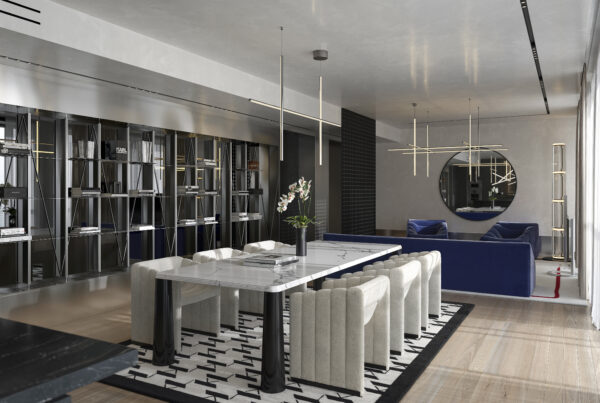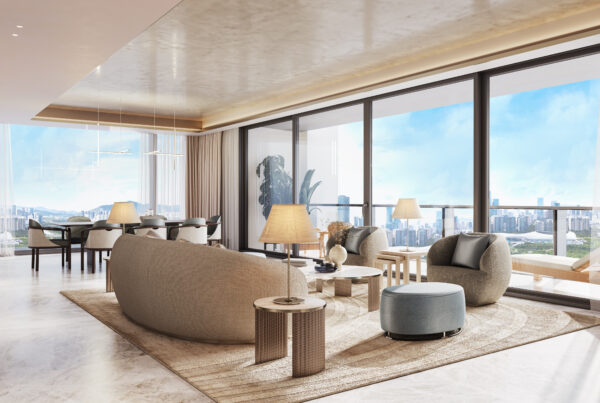
Dear readers,
In this edition of our monthly newsletter, we delve into the iconic world of ELLE who just celebrated its 80th anniversary.
ELLE stands as one of the most influential brands on the planet — a global force that shapes the way we see fashion, beauty, lifestyle, and women’s empowerment. With 80 editions of ELLE and ELLE Décor published across the world and a dazzling social media audience of over 106 million, its reach is nothing short of legendary.
But where did this powerhouse begin? Who was the woman behind the name — the visionary who believed in style as a voice for independence and intelligence?
Hélène Lazareff — born Hélène Gordon in Russia in September 1909 — was a woman shaped by movement, intellect, and intuition. Her father, Boris Gordon, a cultured and affluent Jewish businessman, moved the family to Paris to escape the upheaval of the Bolshevik Revolution. There, young Hélène quickly distinguished herself: a devoted reader, an outstanding student, and a sharp observer of the world around her.
She studied ethnology at the Sorbonne, and early in her career, ventured to the Sahara-Sudan region to explore totemism and the lives of women in the Dogon community. For two months, she lived among the tribe — an experience that profoundly marked her and became the subject of her first published travelogue in L’Intransigeant.
It was during this period that she met the charismatic journalist Pierre Lazareff at a soirée hosted by explorer Paul-Émile Victor. While her academic path had begun in science and anthropology, Hélène found herself irresistibly drawn to storytelling — not in scholarly journals, but in the pages of popular publications. She began writing the children’s column for Paris-Soir under the charming pen name “Tante Juliette,” and later joined the editorial team at Marie Claire.
The outbreak of World War II made Hélène and Pierre flee to New York. While Pierre contributed to Voice of America and the Office of War Information, Hélène carved out her own remarkable path. After a stint at Harper’s Bazaar, she became editor of the women’s pages at The New York Times — a rare and prestigious role for a woman at the time.
She returned to Paris in 1944, just weeks after the Liberation, with a renewed sense of purpose. The city was rebuilding, and so was she. Fashion — not just as fabric, but as culture, identity, and voice — called to her. It was then she began to bring her boldest vision to life: the creation of ELLE magazine.
On November 21st 1945, Hélène Lazareff launched what would become a revolution in print: ELLE. From the start, it was more than a fashion magazine — it was a manifesto. Hélène envisioned a publication that spoke to women not just about what to wear, but about who they were and who they could become. The very first issue was published with the rallying cry: “If you like fashion, read ELLE. If you like literature, read ELLE. If you like politics, read ELLE.”
Its pages offered a sharp blend of elegance and intellect — featuring contributions from renowned designers like Christian Dior’s groundbreaking New Look or Simone de Beauvoir’s essays on feminism. It quickly gained popularity and became a platform for emerging designers and progressive thinking; a space where style and substance coexisted, and where the modern French woman saw herself reflected with power, playfulness, and purpose.
By the 1950s and ’60s, ELLE was shaping the tastes and conversations of an entire generation. It nurtured young talents, championed new designers, and dared to cover social and political issues alongside haute couture. It also played a significant role in promoting ready-to-wear fashion, helping to democratize style and make high fashion more accessible to everyday women. The magazine’s accessible, witty tone — pioneered by Hélène herself — stood in stark contrast to the more rigid, elitist fashion publications of the era.
The first international edition was launched in the United States, in partnership with Hearst Corporation, it marked the beginning of ELLE’s transformation into a global brand.
Over the decades, ELLE evolved from a French original into a global cultural force. It expanded with international editions across Europe, Asia, the Americas, and beyond — each one tailored to its audience but grounded in the magazine’s founding DNA: fashion with intelligence, beauty with independence, journalism with heart.
By the 1990s, ELLE was being translated in over 30 languages across 60+ countries becoming fashion authority worldwide — launching ELLE Décor, ELLE Girl, and ELLE-branded television, digital platforms, and events. It championed diversity and progressive conversations long before they were industry norms, spotlighting real women, real voices, and real issues.
In 2011, Lagardère Active, the French media conglomerate, took full control of ELLE’s French edition while international editions remained under licensing agreements with Hearst and other partners.
Beyond publishing, ELLE expanded into lifestyle experiences that further embodied its spirit. ELLE Café, ELLE Salon, and ELLE Spa brought the brand’s blend of sophistication and empowerment into the realms of dining, beauty, and wellness. Hospitality ventures such as ELLE Maison Paris offered immersive design experiences, while ELLE’s real estate initiatives in Miami, Dubai, and São Paulo aim to translate the magazine’s aesthetic and ethos into visionary living spaces, creating new dimensions of the ELLE lifestyle.
Today, ELLE is thriving. It continues to shape trends, elevate voices, and challenge conventions. It’s an institution born from one woman’s conviction that fashion is never just about clothes — it’s about identity, power, and freedom.
Hélène Lazareff’s legacy lives on in every cover line, every bold editorial choice, and every woman who picks up ELLE and sees a bit of herself in its pages.
ELLE – meaning SHE in French – is far more than a fashion magazine. It is a symbol of women’s freedom, voice, and evolution through the decades. From its Parisian roots to its global presence, it has always pushed the boundaries of what women’s media can be.


